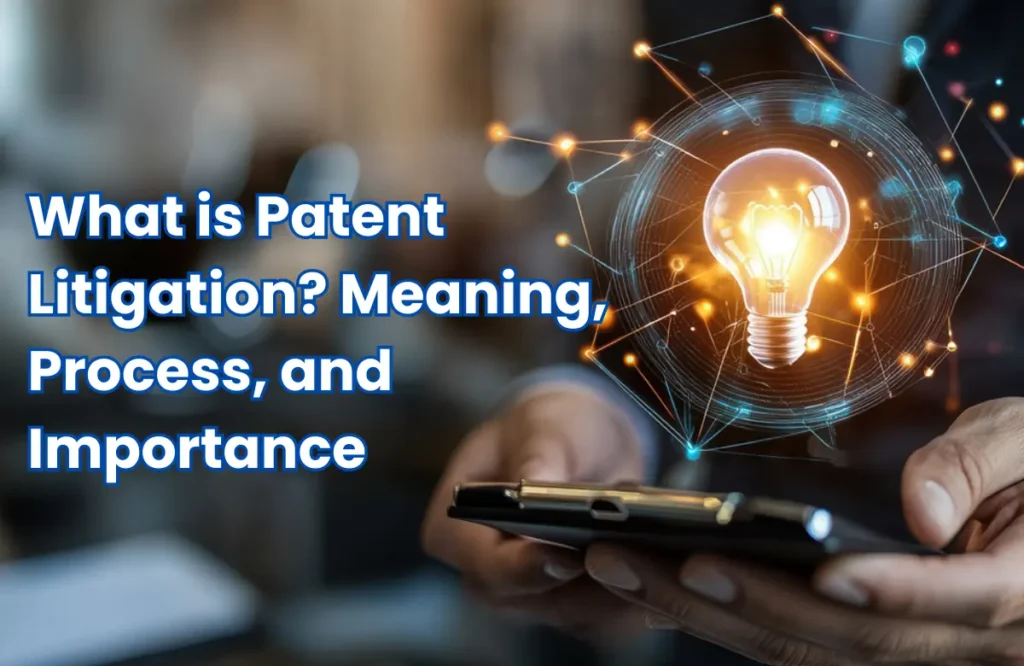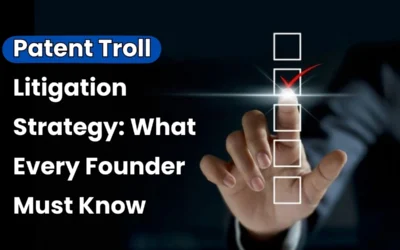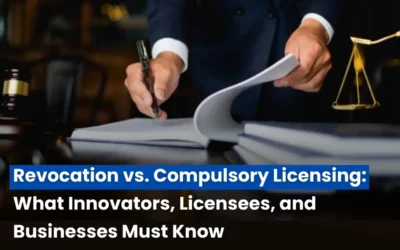
Patent litigation is the legal process that begins when the patent holder (plaintiff) files a case in court against someone accused of patent infringement. Patent litigation is important because it protects the rights of patent holders and prevents the misuse of their inventions. It helps maintain fairness in the market, promotes healthy competition, and discourages copying. Without rules on patent infringement and litigation, people would avoid creating new inventions, as others could freely copy their work without consequence.
What is Patent Litigation? Meaning and Explanation
Patent litigation is the legal process that begins when a patented invention is exploited—through use, manufacture, sale, or import—by someone who does not hold the patent rights. In such situations, the patent holder (plaintiff) has the right under law to approach the District Court or High Court, depending on the case, to seek remedies such as injunctions, compensation, or the seizure of infringing goods.
What Remedies Are Available to Patent Holders in Patent Litigation in India?
When a patent holder wins a case against the defendant, the law offers several remedies to protect their rights. These remedies not only stop the infringement but also help compensate the patent holder for the loss and discourage future violations.
The remedies available to a patent holder include the following:
- Injunctions (Temporary / Permanent)
An injunction is a court order that directs the defendant to stop using, making, selling, or importing a patented invention without authorization. In Indian patent law, injunctions are of two main types: (1) a temporary or interim injunction, which is granted during the course of litigation to prevent ongoing infringement while the case is still pending, and (2) a permanent injunction, which is issued after the final judgment if the court finds that infringement has indeed taken place.
- Damages
Monetary compensation is awarded to the patent holder for the loss suffered due to infringement.
- Account of Profits
Taking away the profits made by the infringer from the unlawful use of the patented invention.
- Delivery or Destruction of Infringing Goods
Court order directing infringing products or equipment to be handed over or destroyed.
- Legal Costs
Reimbursement of court expenses and attorney fees to the patent holder.
- Civil / Criminal Penalties
Fines or penalties are imposed for false patent claims, misrepresentation, or continued infringement (recently shifted more toward civil fines under new reforms).
- Border Control Measures
Action by customs authorities to stop the import of infringing goods at the Indian borders under IPR enforcement rules.
How Patent Litigation Works in India: Complete Process
- Take the case to court – In this step patent holder files a case in court.
- Notice to Defendant – The accused infringer is officially informed and asked to reply.
- Interim Relief – The court may give a temporary order (injunction) to stop ongoing infringement during the case.
- Submission of Evidence – Both sides present documents, expert opinions, and proof.
- Trial and Hearings – Court reviews arguments, evidence, and expert testimony.
- Final Judgment – The court decides if infringement happened and grants remedies.
Read Also: Patent Infringement in India: Overview, Types, and Legal Framework
Patent Litigation in India: Real-World Case Examples
FMC Corporation vs. Natco Pharma
FMC accused Natco of infringing its pesticide patent (CTPR), leading to a major agrochemical dispute.
Philips vs. Dolby (SEP Cases)
Philips and Dolby pursued cases on Standard-Essential Patents, with courts awarding significant damages and settlements.
E.R. Squibb vs. Zydus Lifesciences
The Delhi High Court stopped Zydus from launching an Opdiva biosimilar, citing patent infringement.
Conclusion
Patent litigation not only safeguards the rights of innovators but also encourages new ideas by discouraging misuse and copying. With recent legal updates and growing awareness, patent litigation continues to shape a stronger and more balanced innovation ecosystem.









